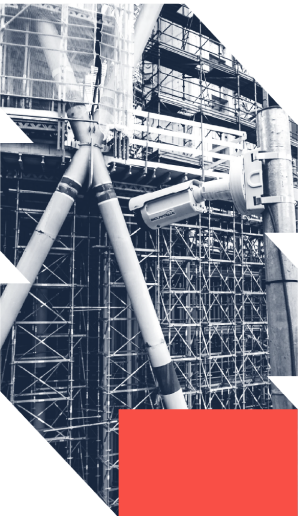Rise and Impact of Digital Twin Technology in the Construction Industry
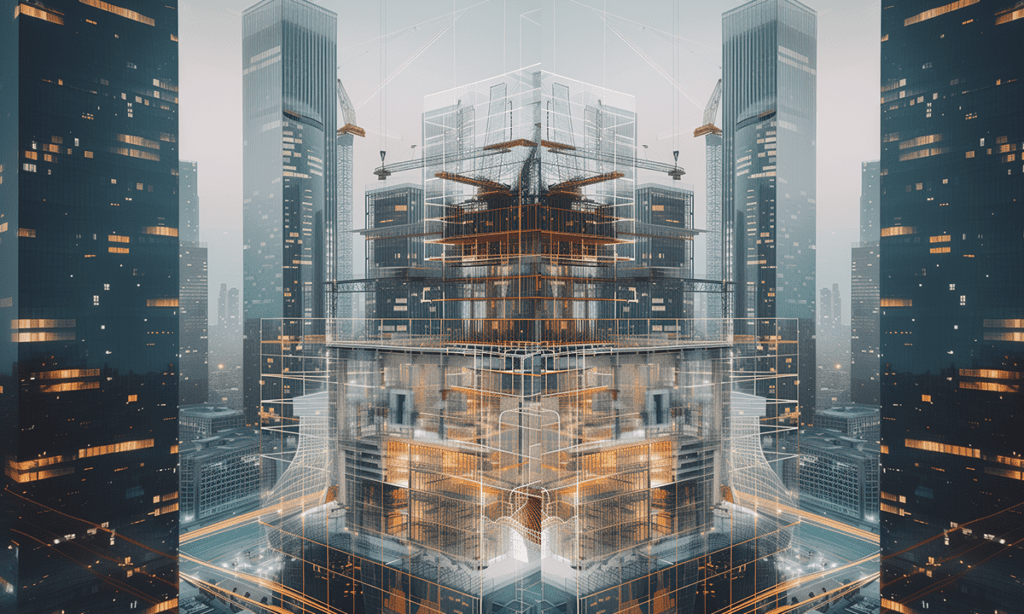
Digital twins, by enhancing efficiency and control during construction and development, have the potential to revolutionize building management. However, adopting this innovative technology still needs to be widespread among buildings.
In this article, we will explore what digital twins are, identify the top tools available, and discuss the reasons behind the slow uptake of digital twins despite their significant benefits.
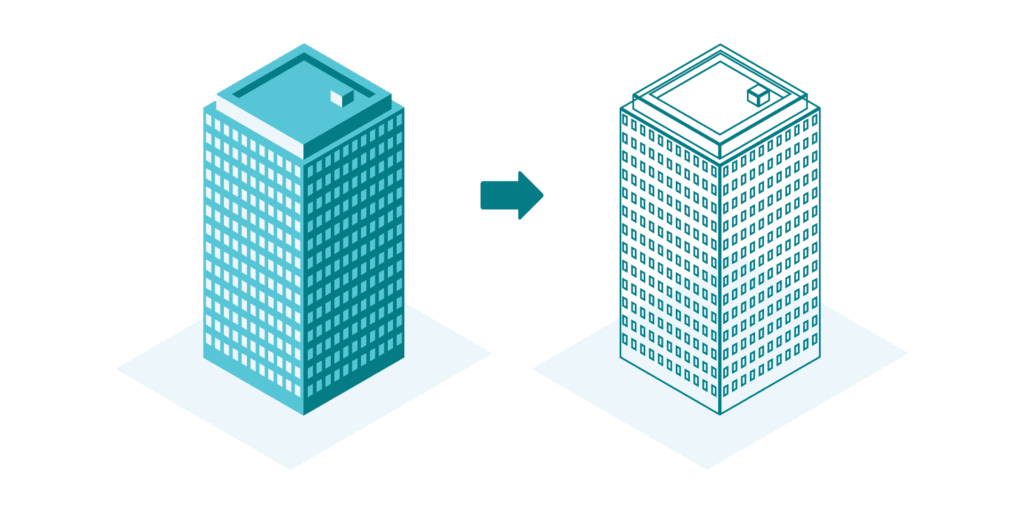
What are digital twins?
For those who might not be familiar, a digital twin is an intricate virtual representation of a physical building or infrastructure project. This virtual model includes everything from architectural designs to structural details, and it incorporates data from diverse sources like sensors, building management systems, and operational data to accurately reflect the real-world asset over its entire lifecycle.
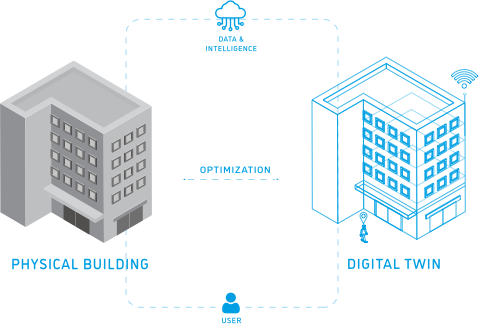
The concept of a Digital Twin goes back to a presentation about Product Lifecycle Management from Dr. Michael Grieves in 2002 at the University of Michigan. John Vickers coined the term “Digital Twin” in 2010, and then NASA adopted it in a technology roadmap. Contrary to what some sources say, Digital Twins were not used in NASA’s Apollo program.
Also, in case you were wondering, a BIM model and a digital twin are closely related concepts in the architecture, engineering, and construction (AEC) industry, but they are not the same.
A BIM model is a digital representation of a building or infrastructure’s physical and functional characteristics and can even exist before the building is constructed. A digital twin is a dynamic digital replica of a physical asset, process, or system that mirrors its real-world counterpart in real-time. It uses data from various sources, including sensors and IoT devices, to update the model continuously.

When should I implement a digital twin?
In essence, a digital twin comes into its own only after a physical counterpart has been constructed; although a 5D simulation may, at times, act as a precursor to a digital twin, its primary application is found within the maintenance stage. Nevertheless, incorporating digital twin technology during the early planning and design phases can substantially enhance the construction process.
From the beginning, employing digital twins allows for the optimization of designs, early identification and resolution of potential challenges, and a more efficient construction workflow. Upon completion of the construction, the digital twin proves crucial for enhancing operational efficiency through continuous monitoring, facilitating predictive maintenance, and managing the asset over its lifecycle.
Therefore, while the digital twin demonstrates its highest value during maintenance and operations, initiating its use from the design phase forward ensures comprehensive benefits throughout the project’s lifecycle, making the implementation more cost-effective. For instance, deciding to implement during the design phase means a Building Information Modeling (BIM) model can be developed and equipped with a Construction Operations Building Information Exchange (COBie) spreadsheet, avoiding the complexities and additional costs of later integration, as it is always better to do it sooner creating models and generating data early in the process, than try to re construct data from stakeholders like architects or engineers that are not part of the process anymore.

What are the different solutions out there?
| Product Name | Vendor | Price | Integration Capabilities | Real-Time collaboration | User Friendliness | Support and training |
|---|---|---|---|---|---|---|
| Tandem | Autodesk | 3,150 USD/Year | API and more than 70 formats | Yes | High | High |
| Asite | Asite | |||||
| Beamo | 3i Inc | $890 per month | ERP, CAD, IFC, | |||
| Cupix | Cupix | |||||
| Azure Digital Twin | Microsoft |
- Tandem is a digital twin platform by Autodesk for managing virtual replicas of physical assets. It integrates design, construction, and operational data, offering a detailed 3D model for analysis, monitoring, and decision-making. Key features include data unification from various sources, real-time performance tracking, and enhanced stakeholder collaboration. A big pro is that it is compatible with Autodesk APS and can handle more than 70 formats.
- Asite is a cloud-based digital engineering platform designed to manage, store, and track all data associated with a project. Asite also includes a digital twin service for project simulations and data analysis. Asite is best used in projects where collaboration is critical.
- Beamo is an end-to-end digital twin system designed for use in the AEC industry. Beamo offers a range of features, including 3D visualizations, real-time data analysis, and automated workflows. Beamo works best in projects that require detailed analysis and planning.
- Cupix is a 3D digital twin platform for construction, real estate, and facility management. It transforms 2D photos and videos into immersive 3D models for virtual site tours, integrating with BIM data for enhanced project insights. Features include collaborative tools, measurement and annotation capabilities, and project planning and management streamlining.
- Azure Digital Twin is a cloud platform by Microsoft for creating digital models of physical environments, supporting IoT applications with real-time data, scalability, and security. It allows for complex interconnectivity between assets and integrates with Azure services for enhanced analytics. Aimed at developers and businesses, it optimizes operations across various industries like intelligent buildings and manufacturing.
The current state-of-the-art
According to Gartner’s Hype Cycle, which charts the life cycle of technologies from inception to maturity, digital twins reached their peak of inflated expectations in 2018 and are now advancing through the slope of enlightenment. This progression suggests that digital twins will arrive at the plateau of productivity in the next few years, indicating the technology’s maturity and readiness for robust, widespread implementation.
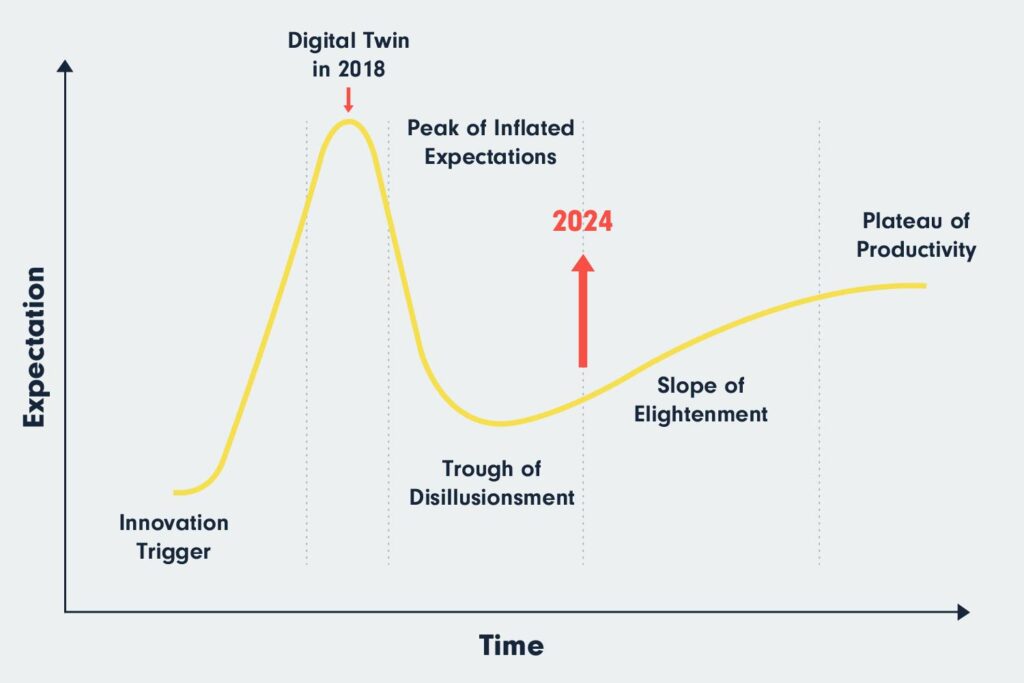
Furthermore, an industry viewpoint is highlighted by a 2022 survey from The IT Community of the International Facility Management Association (IFMA), which shows significant enthusiasm for digital twins among top executives. A majority recognize the technology’s value and trust in the ability of a single software vendor to deliver all-encompassing solutions. Additionally, while there’s a trend toward in-house management of digital twins, the survey highlights the ongoing debate over a universally accepted definition of digital twins.
This perspective is complemented by an analysis of Google trends, which reveals a stable interest in the technology.
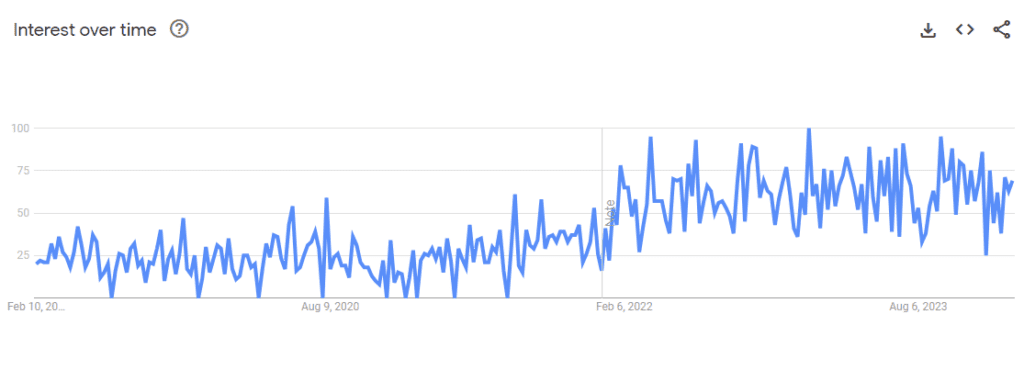
So now we know that the technology is reaching the appropriate level of maturity, there is evident interest from clients, and we are well aware of the technology’s significant benefits. However, it’s crucial to explore what gaps prevent the technology from being adopted on a larger scale. This includes identifying challenges such as the high initial cost of implementation, the need for specialized skills to manage and integrate digital twin technology effectively, and the absence of industry-wide standards that can lead to inconsistencies and compatibility issues. Additionally, concerns around data privacy and security continue to be significant hurdles. Addressing these issues is essential for enabling broader adoption and leveraging the full potential of digital twins in the AEC sector.

What does the future lay ahead?
The Digital Twin Maturity Continuum describes the evolutionary path of digital twin technology from its initial conceptualization to its full-scale implementation and integration within operational frameworks. This continuum begins with basic digital representations that offer a simple visual or functional model of a physical asset. As maturity progresses, these models become increasingly sophisticated, incorporating real-time data, analytics, and machine learning to enable dynamic simulation, predictive maintenance, and operational optimization.
At the peak of maturity, digital twins are fully integrated into organizational processes, allowing for seamless interaction between the physical and virtual worlds, driving innovation, and optimizing performance across the lifecycle of assets. This journey reflects technological advancement and organizational adaptation in terms of culture, processes, and skill sets required to harness the transformative potential of digital twins effectively.
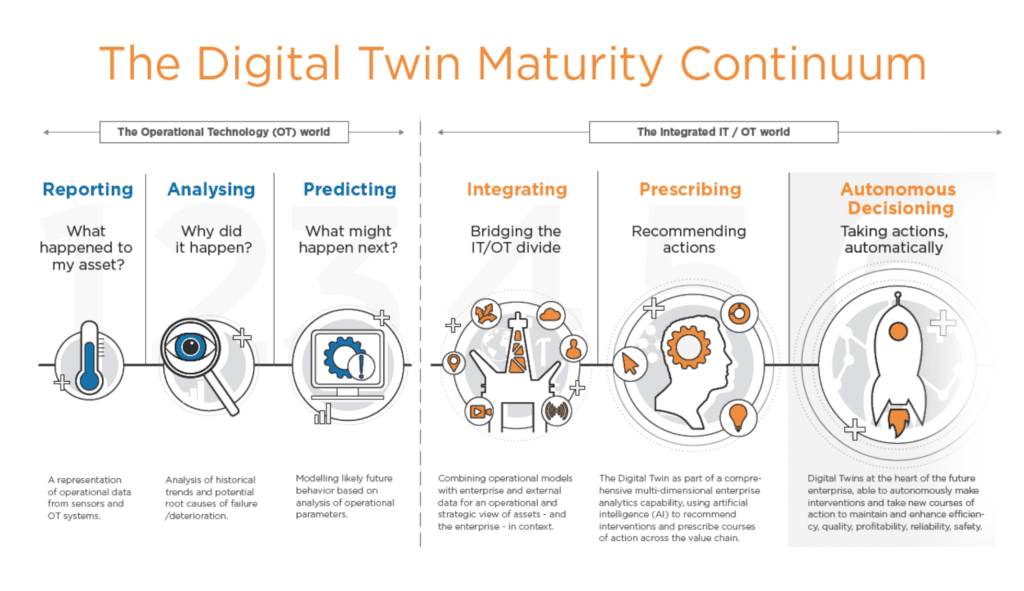
How will the latest technologies impact Digital Twins?
As with all disruptive technologies, the digital twin industry is constantly evolving. Some of the more interesting emergent trends include.
- Artificial intelligence (AI) integration – AI is increasingly being used to analyze data collected by digital twins. By incorporating predictive analytics and machine learning into the digital twin model, users can better understand their projects and plan for future outcomes.
- Better onramps – increasingly, digital twin solutions are designed with the non-technical user in mind. This allows a more comprehensive range of users to benefit from the advantages of digital twins, such as improved accuracy and faster turnaround times.
- Augmented reality (AR) integrations – AR technology makes digital twins more interactive and engaging. By combining 3D models with real-world environments, users can better understand their projects and make more informed decisions.
- Data interoperability – digital twin platforms are increasingly designed with data interoperability in mind. This allows users to access their projects’ data from any platform and provides better integration with existing software systems.
As technology evolves, these emerging trends will continue to expand digital twins’ capabilities and potential applications.

We still have a long road ahead
After understanding what digital twins are, how to use them, who are the leading players, and finally, what is the current state of the art we can conclude that a lack of standards and regulations is one of the biggest roadblocks to wider digital twin adoption. Digital twins have only recently become an accepted part of the construction industry, and guidelines for their use in construction projects still need to be established.
This, combined with the high tech-savviness and data infrastructure needed for effective digital twin implementation, can be a considerable challenge for many firms if you consider the fact that most of the data is created during the design and construction phases but then is implemented in a maintenance phase for an entirely different stakeholder.
However, as the technology proves its worth in the industry, more companies will likely begin to adopt digital twin technology, leading to a universal set of standards and more user-friendly digital twin solutions.
As more firms embrace the technology, digital twins are set to revolutionize how buildings are designed, constructed, and maintained, offering a competitive edge to those companies that embrace it.
Valentin Noves
I'm a versatile leader with broad exposure to projects and procedures and an in-depth understanding of technology services/product development. I have a tremendous passion for working in teams driven to provide remarkable software development services that disrupt the status quo. I am a creative problem solver who is equally comfortable rolling up my sleeves or leading teams with a make-it-happen attitude.
